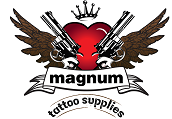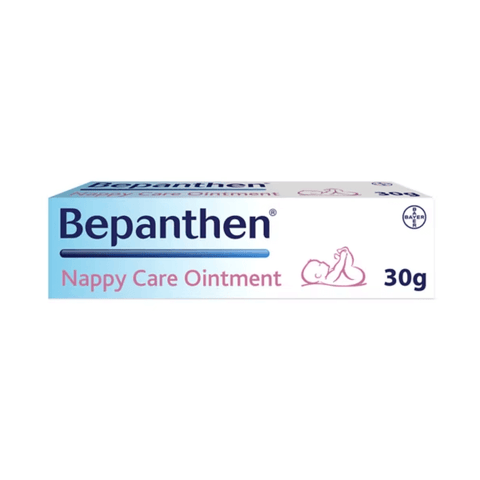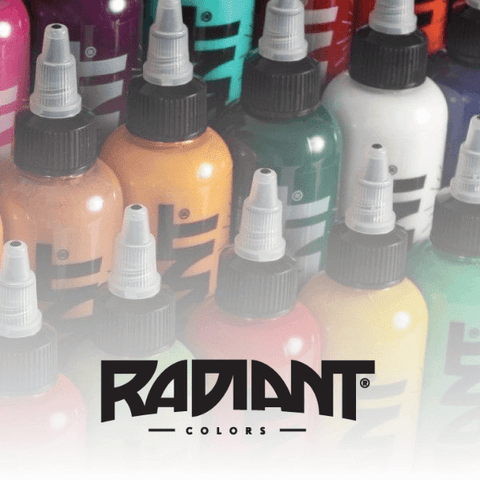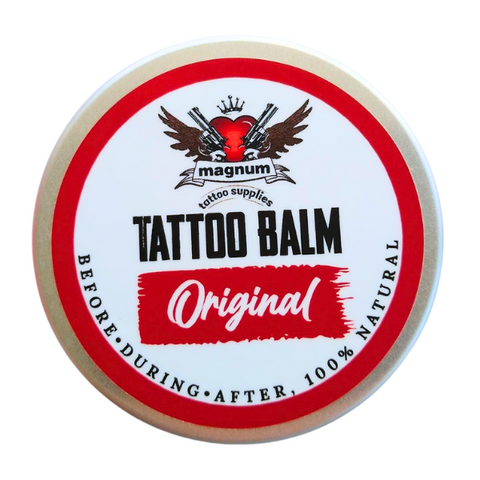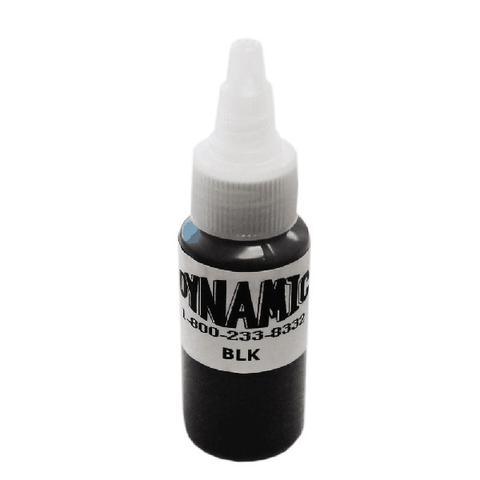Importance of patch testing for allergic reactions to tattoo inks
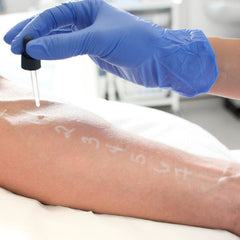
Getting a tattoo is an exciting form of self-expression, but it can lead to unexpected allergic reactions due to the inks used. Many people are unaware of the risks associated with tattoo inks, which can cause severe skin irritation and other health issues.
So, we will highlight the importance of patch testing for allergic reactions before getting a tattoo, emphasising that safety should always accompany self-expression in body art.

What is patch testing?
Patch testing in tattooing is a preventive method to check how your skin might react to the ink before getting a full tattoo. It involves placing a small amount of tattoo ink on your skin, typically in a discreet area, to see if any allergic reactions or other skin irritations develop. This test is especially useful for people with sensitive skin or allergies to certain substances.
How to do patch testing for tattoo artists?
For tattoo artists, conducting a patch test involves a few simple steps to ensure the client's skin does not react adversely to the tattoo ink. You can follow these steps on how to do it:
- Consultation: Begin with a detailed consultation with the client. Ask about any known allergies, particularly to metals, as tattoo inks can contain metallic components.
- Selection of ink: Choose the ink or ink that will be used for the tattoo. It's important to test each colour as different pigments may contain different substances that could trigger a reaction.
- Preparation: Clean a small skin area, usually on the inner forearm or behind the ear, with an antiseptic wipe to remove any oils or dirt.
- Application: Apply a small amount of the chosen ink to the skin. You can either tattoo a tiny dot under the skin using the tattoo needle or simply place a small drop of ink on the skin's surface and cover it with a bandage.
- Observation period: Instruct the client to cover the area for at least 24 hours. After this period, the bandage can be removed and the area observed for any signs of reaction such as redness, swelling, itching, or other irritation.
- Evaluation: Check the test area after a few days (ideally up to a week) to see if any delayed reactions occur. No reaction indicates that the client's skin tolerates the ink well.
- Follow-up: Have a follow-up discussion with the client about the results. If there was no adverse reaction, proceeding with the tattoo using the tested ink is generally safe. If there was a reaction, consider testing an alternative brand or composition of ink.
Importance of patch testing

Patch testing plays a crucial role in tattooing for several reasons:
Identifying allergic reactions
The primary importance of patch testing is identifying if a client has an allergic reaction to the tattoo ink. Allergic reactions can result from mild to severe responses that could permanently affect the skin or require medical intervention.
Preventing health risks
Patch testing helps prevent health complications by detecting adverse reactions early. This proactive measure keep the safety and well-being of the client, reducing the risk of complications during and after the tattooing process.
Building client confidence
Clients who are particularly anxious about allergies or skin reactions will feel more comfortable proceeding with a tattoo if a patch test shows no adverse reaction. This builds trust and confidence between the client and the tattoo artist.
Ensuring tattoo quality
An allergic reaction can not only be harmful to the client but can also affect the appearance of the tattoo. Swelling, blistering, or other reactions can distort the tattoo, leading to poor results that may require correction or removal.
Customising the tattoo experience
Patch testing helps tattoo artists tailor the tattooing process to individual clients by identifying inks that are safe for them. This customisation is especially important for clients with sensitive skin or a history of allergies.
Types of allergic reactions related to tattoo inks
Tattoo inks can cause several types of allergic reactions, varying in severity and onset. These are some common types:
- Acute inflammatory reaction: This is the most common reaction and occurs shortly after getting a tattoo. The symptoms are generally mild, including redness and swelling, which usually subside as the tattoo heals.
- Allergic contact dermatitis: Some individuals might have allergies to specific pigments used in tattoo inks, particularly red, green, yellow, and blue dyes. Symptoms include itching, redness, and raised areas or bumps around the tattooed skin.
- Photoallergic reaction: This occurs when the ink reacts to sunlight, leading to an allergic reaction. Symptoms include itching and redness, and sun exposure triggers or worsens the reaction.
- Lichenoid reaction: This reaction appears as small bumps in the tattoo, which may merge into rough, scaly patches. It can occur months or even years after tattooing.
- Granulomatous reaction: This is a delayed reaction where small nodules or bumps form around the tattoo ink. It is an immune response where the body perceives the tattoo pigments as foreign and attempts to wall them off.
- Pseudolymphomatous reaction: This rare reaction can appear as red patches or nodules that resemble a lymphoma but are not cancerous. It often requires further medical investigation to differentiate from other serious conditions.
- Sarcoidosis: In rare cases, tattoos can trigger sarcoidosis, a condition where tiny collections of inflammatory cells grow, affecting various organs, including the skin.
How to deal with clients with sensitive skins

When tattooing clients with sensitive skin, taking several precautions to ensure their safety is crucial. Start by conducting a thorough consultation to see any allergies or skin conditions that could affect the tattooing process. Use hypoallergenic inks free from potential irritants like certain metals and alcohol. Perform a patch test before the tattoo session to check for adverse reactions.
During the tattooing, be gentle and keep the skin well-lubricated and clean to minimise irritation. For optimal aftercare, it's advisable to use a product that supports skin recovery. Bepanthen Ointment is highly recommended due to its gentle, fragrance-free formula that soothes and aids in the healing of tattooed skin. Provide detailed instructions on how to care for the tattoo to avoid infection and excessive irritation.
Always advise them to contact a healthcare provider if they experience unusual symptoms post-tattooing.
Final thoughts
Patch testing for allergic reactions to tattoo inks is not just a precaution—it's a fundamental aspect of tattoo safety. By embracing this practice, the tattoo industry can protect its clients and enhance its credibility, ensuring that tattoos remain not only a symbol of individuality but also a testament to health-conscious artistry.
By prioritising the well-being of each client through such measures, we can enjoy the beauty and personal expression of tattoos without compromising our health.
- Tags: business tips patch testing
- Mark Joshua Luz
